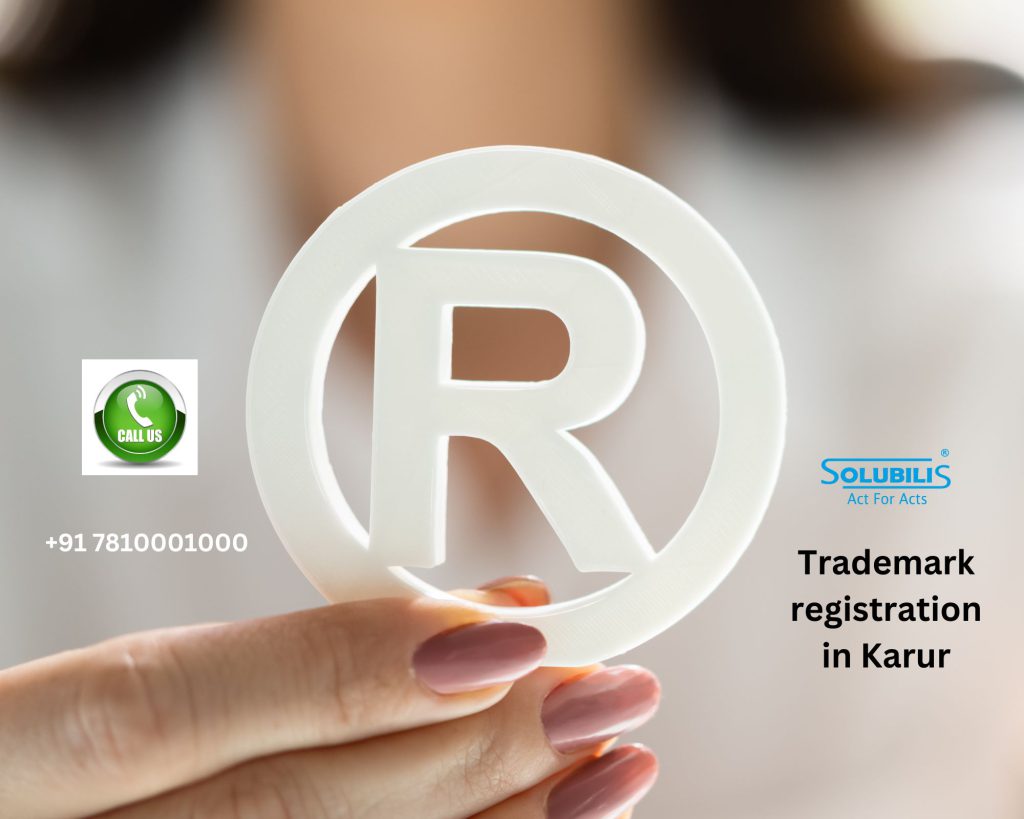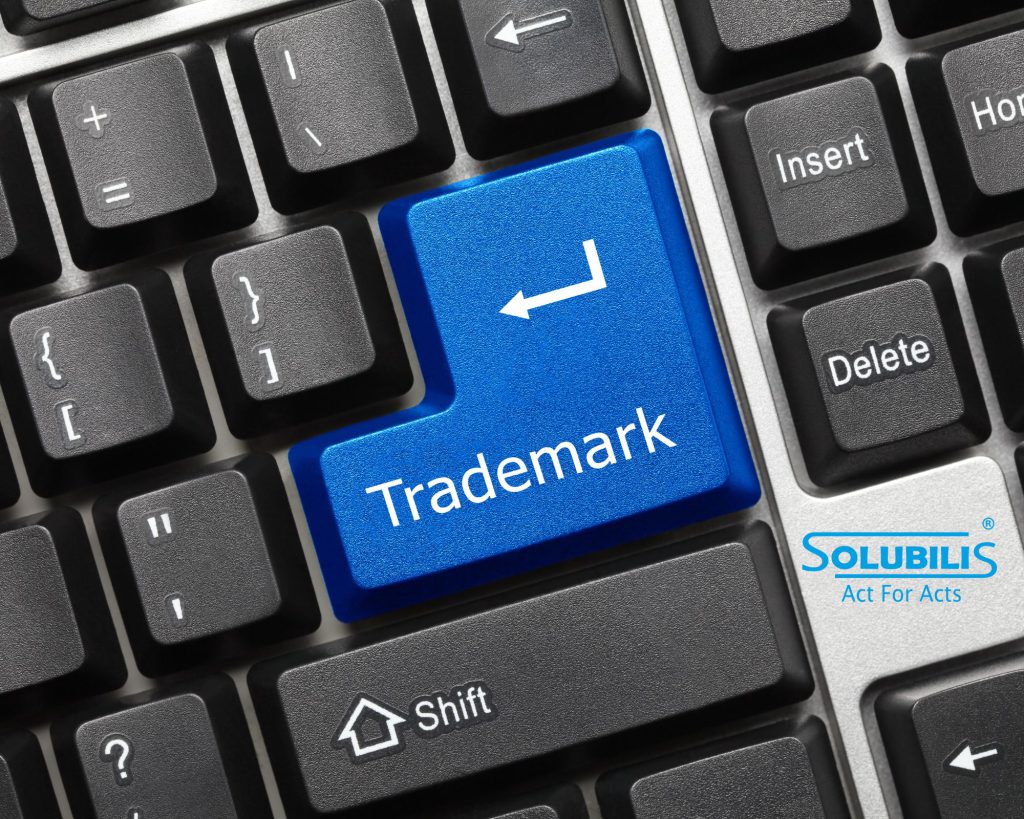The Trademark Law in India is administered by the Trade Marks Act, 1999. Any mark that is able to distinguish one person’s goods or services from those of another and can be graphically represented as a word, device, label, numeral, or color combination is eligible for registration under the Act. To put it another way, a trademark is a way to identify the source.
Importance of identifying relevant class
It is necessary to identify the classes in which one wishes to seek trademark registration in Karur prior to filing a trademark application. In addition to classes where there is an intention to use, an application should be made in the relevant classes of current goods and services.
The details are covered under the NICE International Classification of Goods and Services which are partitioned into 45 classes. It goes from Class 01 to Class 45 (wherein Class 01 to Class 34 deals with particular of goods and Class 35 to Class 45 deals with detail of services. These class must be referred for trademark registration in Karur.
What is Class 25 in trademark?
Trademark Class 25
Trademark Class 25 relates to attire, footwear, and headgear. Also it can get trademark registration in Karur.
Well-known trademark India
A well-known trademark is one whose use in relation to other goods or services is likely to be interpreted as denoting a connection between those goods or services and the person using the mark in connection with the first mentioned goods or services, as defined by Section 2(1)(zg) of the Trademarks Act of 1999.
The commercial derivation of goods and services is typically identified by trademarks that can have trademark registration in Karur and other commercial logos, assuring customers and other stakeholders of a particular standard.
In order to build a strong commercial brand and compete globally, exclusive rights to trademarks when it has trademark registration in Karur and trade symbols have become increasingly important. The Registrar can now declare a specific brand to be “well-known” thanks to a new procedure that was added in the 2017 revision of the Trade Mark Rules.
A trademark owner may, in accordance with the new rule, submit a TM-M application to the Registrar along with a request for the mark to be designated as “well-known.”
Well-known trademarks have nationwide and cross-category protection, in contrast to lesser-known trademarks, whose goodwill and reputation are only protected within a specific geographic region and a broader range of goods and services.
Any mark that is misleadingly similar to one of the well-known trademarks cannot have trademark registration in Karur by the Trade Mark Registry. Customers, employees, financiers, and others can be drawn to well-known brands.
And can be used to build long-term relationships with customers. An intellectual phenomenon, a well-known mark indicates a company’s capacity to increase value for customers and other stakeholders.
Businesses today are quickly realizing that well-known marks are a significant asset. They primarily serve as means of transportation and communication for businesses’ wealth.
It’s vital to comprehend that a notable mark’s worth is the result of critical speculations and endeavors that require solid lawful insurance.
For understanding the significance of well-known marks in the modern era, it is essential to comprehend their development or history. The TRIPS agreement, the Paris Convention, and then the WIPO recommendation are all based on the history of famous marks.
What is the strongest trademark?
Which of these categories a mark falls into determines its strength, which in turn determines how much protection it receives.
Marks that are regarded as “fanciful” are protected to the greatest extent and are regarded as the strongest marks. Trademark protection is never granted to marks that are regarded as “generic.”
Fanciful trademark
A fanciful mark is your best bet for protecting your trademark. The most powerful marks are those that have been created solely for use as trademarks.
Other than their function as a mark, they have no other significance. A few instances of fanciful marks are “Kodak” or “Pepsi.” These are generally words that are obscure in a language or are “neologisms,” or they are totally outside normal use.
Distinctive categories
Arbitrary marks
Strong protection is also given to arbitrarily used marks by having Trademark registration in Karur.
These are words that are frequently used, but they do not describe or suggest any quality or characteristic of the product or service to which they are attached when used to identify and differentiate them.
They are frequently used in unusual contexts. When referring to personal computers, for instance, the term “Apple” is arbitrary.
Suggestive marks
Suggestive marks are marks that require an individual from people in general to envision or remember to comprehend what the idea of items or administrations may be. A descriptive mark, on the other hand, immediately identifies a feature of the goods or services to the general public.
In many cases, the mark makes it impossible to carry out the suggestion. For instance, the term “Frankwurst” juxtaposes the words “Frank” and “wurst,” which both connote sausages and wieners, despite the fact that these synonyms are never used in the same sentence.
Similarly, “Dri-Foot” suggests foot deodorant or antiperspirant, but making the connection requires mental effort. Microsoft” makes a suggestion for software, but it isn’t a direct description of it, so it’s only a suggestion.
Descriptive marks
Descriptive marks are those that provide a precise description of the services or products they refer to. They can be challenging to recognize from interesting marks, however for the most part descriptive marks permit an individual from people in general to sort out the idea of the merchandise with next to no creative mind or thought.
A mark that is only descriptive is not protected as a trademark. For instance, “Light” has been viewed as just clear of an item’s weight when applied to convenient PCs. However, descriptive marks can acquire a secondary meaning to become distinctive. For instance, the use of the word “Sharp” on the television brand has given it a second meaning.
Generic mark
Under the premise that no manufacturer or service provider should have the exclusive right to use words that generically identify a product, generic marks are terms that name a product and cannot be used as trademarks. An example of a generic mark would be “email.”
If the public misuses a type of product or service rather than distinguishing the owner’s goods or services, a trademark that would otherwise be valid can become generic. The mark “Xerox” was on its way to becoming a generic name for copies; however, Xerox used advertising to stop the public from using the mark improperly.
Conclusion
Thus trademark registration is crucial.

